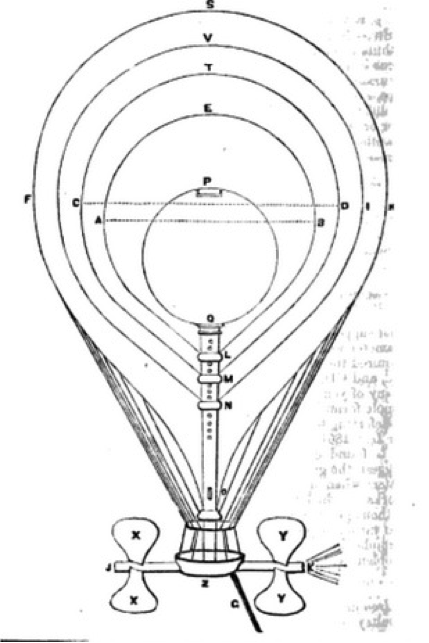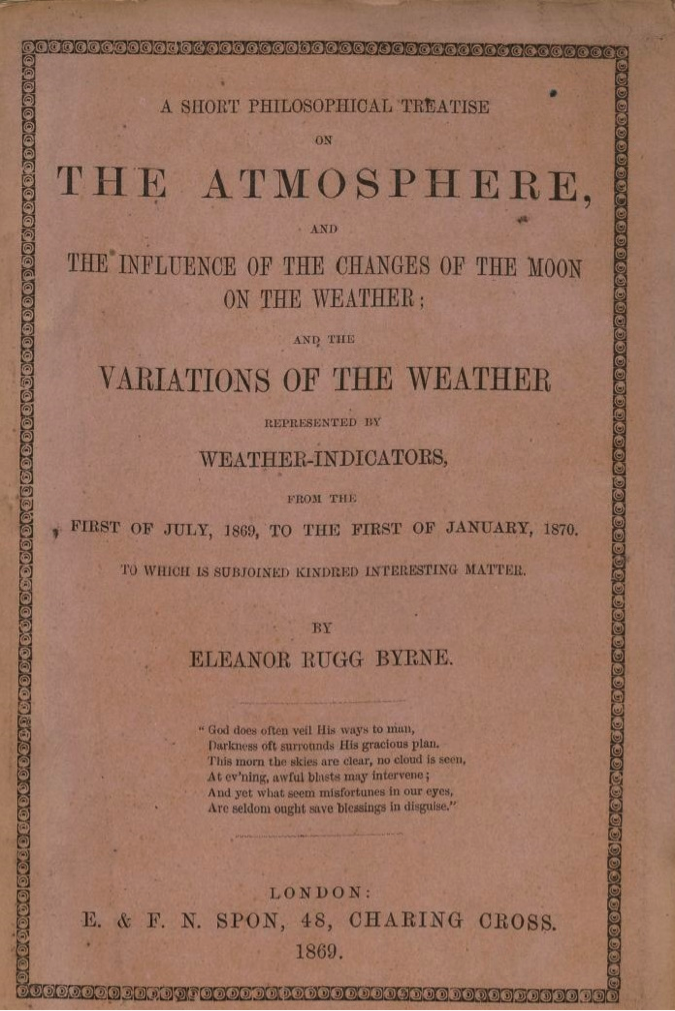1859 Eleanor Rugg Byrne Token Obverse - Female bust to right, ELEANOR to the left, RUGG BYRNE to the right Reverse - Four small stars, three large / BYRNEORE / one star / GOLD / 1859 / four small stars, one large star NY 141, copper - plain edge, 31mm |
|
NY 141A, copper - reeded edge, 31mm
NY 143, white metal, 31mm
|
|
|
Mathematician and civil engineer Oliver Byrne was born July 31, 1810 in County Wicklow, Ireland. Married to Eleanor Rugg in 1845 they emigrated to America by 1849 and settled in New York City. Sometime in 1859 before leaving the U.S. Oliver developed a new smelting process to produce a metal he called "Byrneore" or "Byrne metal" which could appear to be silver or gold but contained little of either metal. Although it was said to be indistinguishable from the real thing at a fraction the cost it seems never to have gone into production. Thanks to Susan M. Hawes and Dr. Sid Kolpas for the above information. To read more on Oliver Byrne see their article 'Oliver Byrne: The Matisse of Mathematics' in the August 2015 edition of Convergence, published by the Mathematical Association of America. http://www.maa.org/press/periodicals/convergence/oliver-byrne-the-matisse-of-mathematics |

Figure 9. Eleanor Rugg Byrne's balloon in her article, “Safety Concentric Balloon,” The Civil Engineer and Architect’s Journal, 25:154-155 (May 1862).
Byrne’s wife, Eleanor Rugg Byrne, was an innovator and author like her husband. Her 1862 article, “The Safety Concentric Balloon,” in the Civil Engineer and Architect’s Journal, discusses a design for an innovative balloon that removes “all dangers while in the air” and extends “the art [of recreational ballooning] by a new guiding principle.” Her balloon design used a series of concentric interior balloons, the innermost of which was made of a strong material and permanently charged with gas. The innermost balloon was not connected to the basket containing occupants and was used to support the steering and propelling of the balloon. The diagram shows a center metallic balloon, surrounded by four other balloons made of flexible material. The intent of the balloon was to increase the safety of recreational ballooning. It is unknown whether the balloon was ever manufactured. Her interest in ballooning may have resulted from her meteorological pursuits.

Figure 10. One of Eleanor Byrne’s meteorological publications. (This image is used by kind permission of the Syndics of Cambridge University Library.)
In 1869-1870 Eleanor published two books dealing with weather prediction based on observed patterns of historical seasonal variations, the wind, and the phases of the moon. Her weather prediction techniques were primitive by modern meteorological standards. She discussed how “the moon acts on the aqueous or vaporous qualities of the atmosphere in a manner similar to that in which she acts upon the sea.” Eleanor indicated that “the moon has mountains, atmosphere, seas, rivers, and lakes, like those we observe on the earth.” She estimated the earth's atmosphere at nearly 50 miles high. According to Wikipedia, the boundary of our atmosphere with outer space measures 62 miles. It is interesting, and not surprising, to note that Eleanor's books were published by Spon, a publisher for whom her husband, Oliver Byrne, worked.
(from the Matisse of Mathematics article above)








